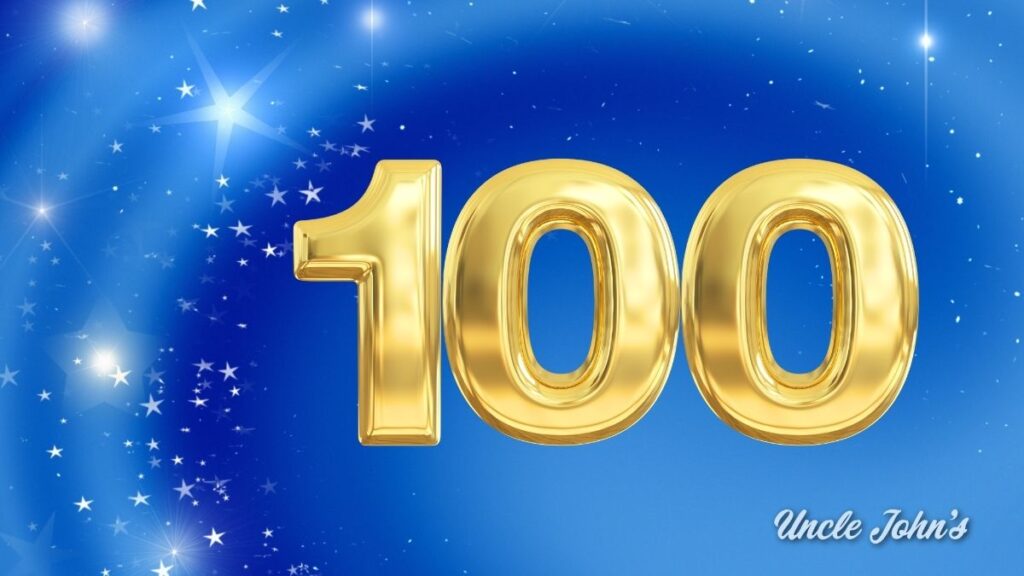Disney is certainly the most celebrated entertainment brand in history. And this month, it celebrates its 100th anniversary of its founding, well before it became a purveyor family-friendly animated features, films, TV, theme parks, and other sources of Disney magic. Here’s a look into the history of Disney, 100 years later.
The Original Aristocat
The Walt Disney Company’s birthday is regarded as October 16, 1923, because that’s the day that Walt Disney signed his first contract to make animated film shorts. He penned a deal with M.J. Winkler Productions, makers of “Felix the Cat,” to create and distribute 12 installments of a theatrical short series called Alice Comedies. Extremely innovative for the time, the series depicted a young girl named Alice—captured in live-action film—interacting with cartoons, particularly her Felix-esque cat, Alice.
A Veritable Zootopia
Walt Disney got his start as an illustrator in Kansas City in the 1910s, which is where he met his first animation partner, Ub Iwerks. In 1927, via Walt Disney Studio, the pair made the first of 27 cartoon shorts starring a character Iwerks created called Oswald the Lucky Rabbit. The duo lost the rights to the character in 1928.
The Great Mouse Directive
The loss of Oswald forced Disney and Iwerks to come up with a new character they could use in more cartoons. Iwerks drew up various animals, like cows, dogs, horses, and dogs. Disney didn’t like those attempts and asked for a mouse. A sketch became the basis of The Walt Disney company’s mascot and flagship character: Mickey Mouse.
Good Morning, Mickey
“Steamboat Willie” is regarded as a landmark, both in animation and in the lore of The Walt Disney Company. The 1928 black-and-white short, the first to feature animated images with synchronized sound, and plays on a loop all day in a purpose-built theater in Disneyland. But Mickey Mouse’s first appearance came in a silent ‘toon called “Plane Crazy,” made before “Steamboat Willie” but not unveiled until 1929.
He’s Going to Disneyland
Disneyland is forever one of the most attended tourist attractions in the world, let alone theme parks, and it was from opening day in 1955 when 20,000 people lined up at the gates. While an instant success, it was an extremely risky gamble for Walt Disney and his company. At the time, amusement parks were widely seen as dingy and unsafe, but Disney figured he could build one from scratch to be clean, classy, and full of rides that promoted the company’s films and TV shows. Speaking of TV shows, Walt Disney arranged with ABC to host a weekly showcase of Disney materials. He called it Disneyland, and it offered regular updates on the development of the park, hyping it up along the way. The stakes were high—Disney spent his personal fortune on Disneyland, taking out a bank loan with his life insurance as collateral. He had $1,000 to his name when Disneyland opened.
When You Myth About a Star
The Walt Disney Company’s logo is the words “Walt Disney” rendered in a font made to look like a signature. That wasn’t really Disney’s actual signature. The logo is a heavily adapted and artistically manipulated take on how the company founder signed documents in the 1940s. It wasn’t even used by The Walt Disney Company during his lifetime, adopted in 1984, about two decades after Disney’s death in 1966. As for the other, well-known urban legend about Walt Disney—no, he was never cryogenically frozen, in whole or in part. Disney was a futurist with a deep interest in technology, and in 1972, the founder of California Cryogenics Society told reporters that Disney thought the freezing process, still in its infancy, was fascinating. That perpetuated the myth, along with the heavily publicized act of the first cryogenic freezing occurring just weeks after Disney died.








